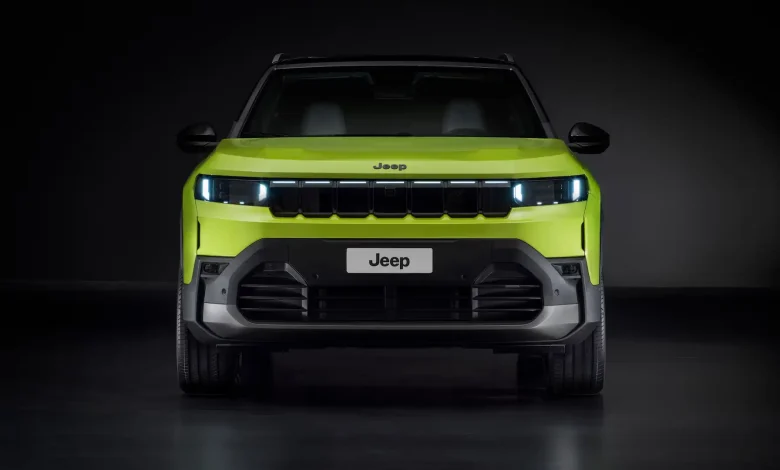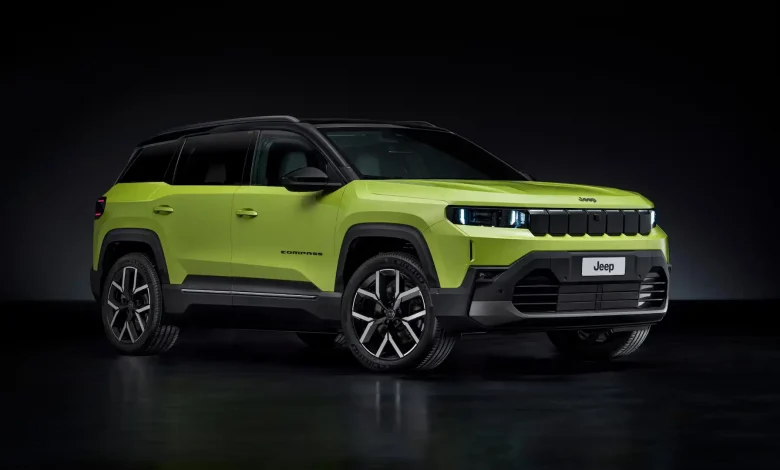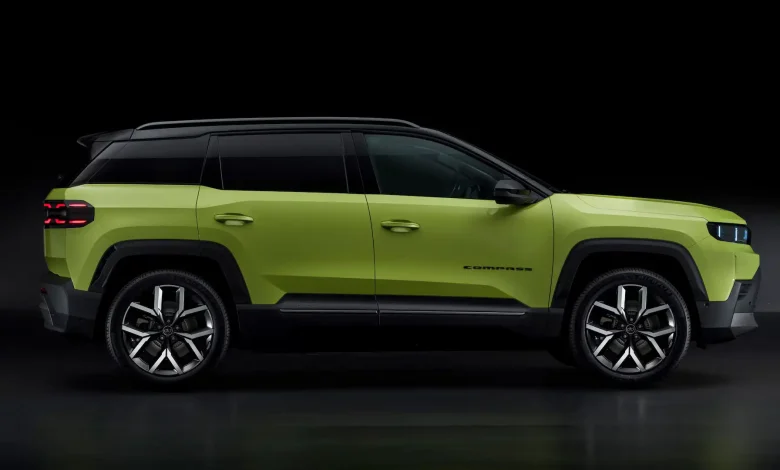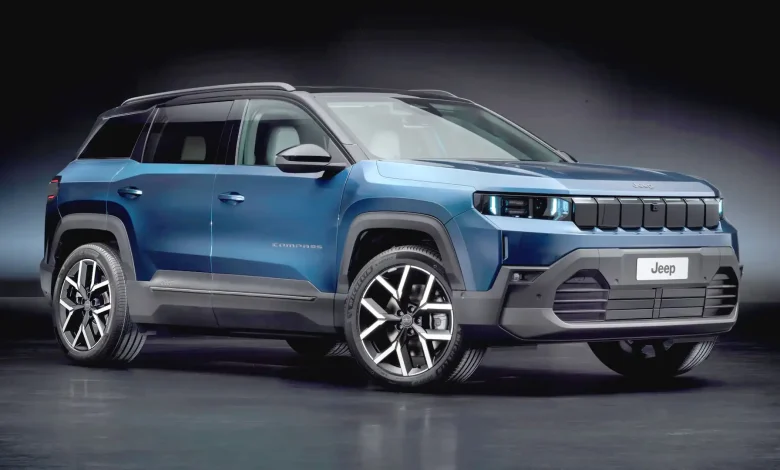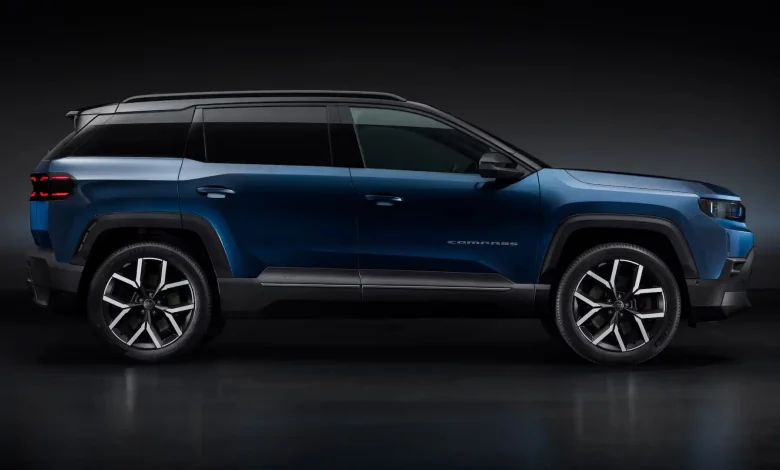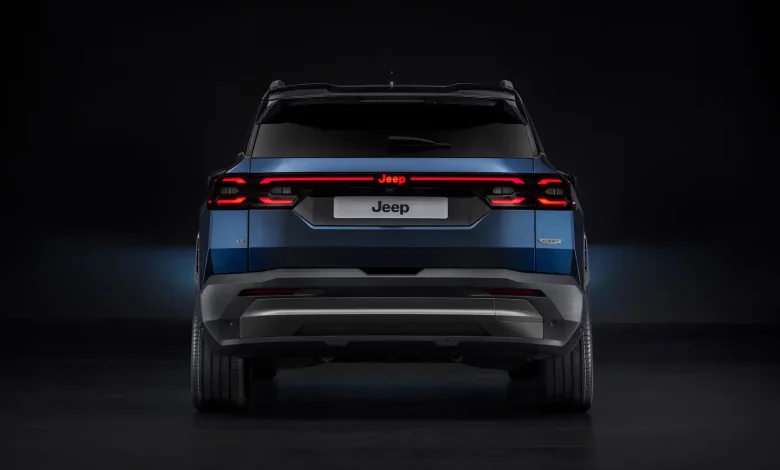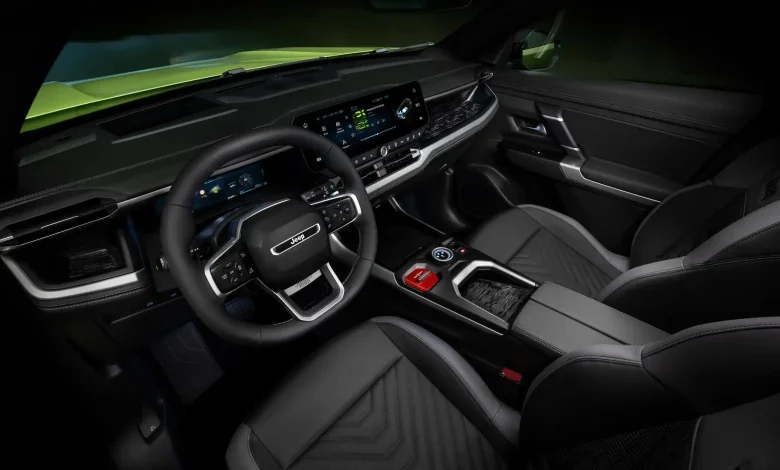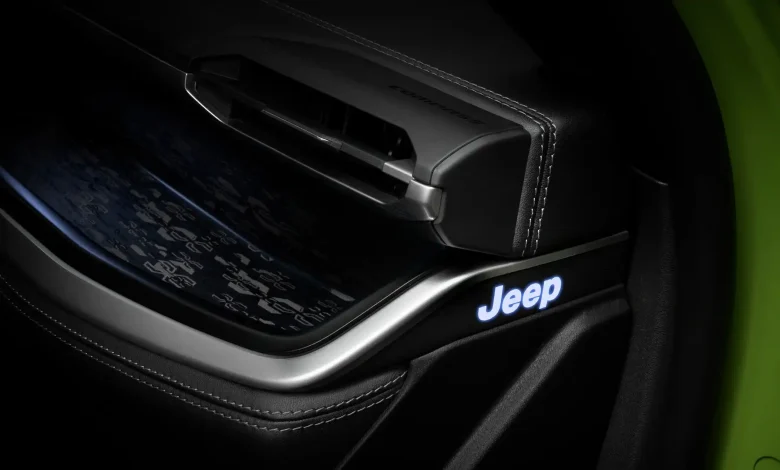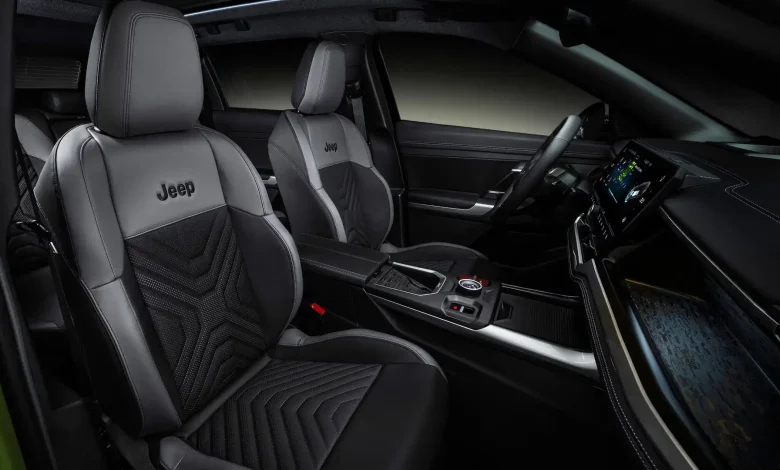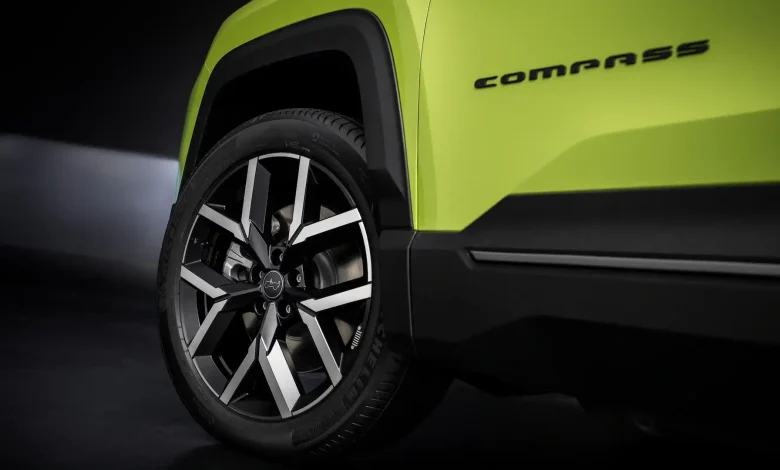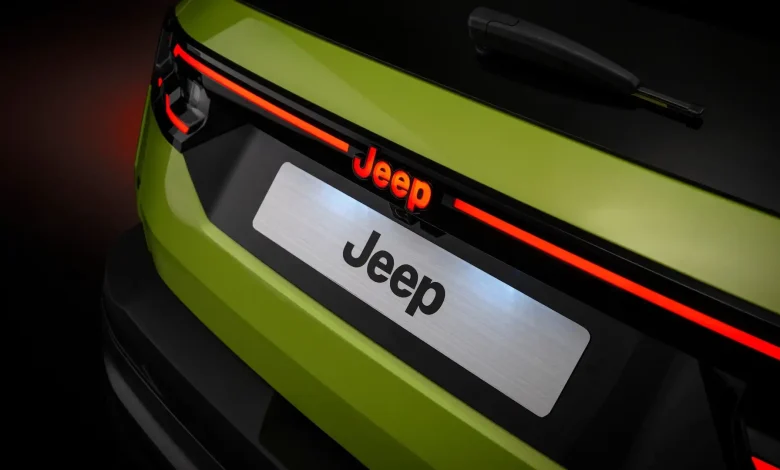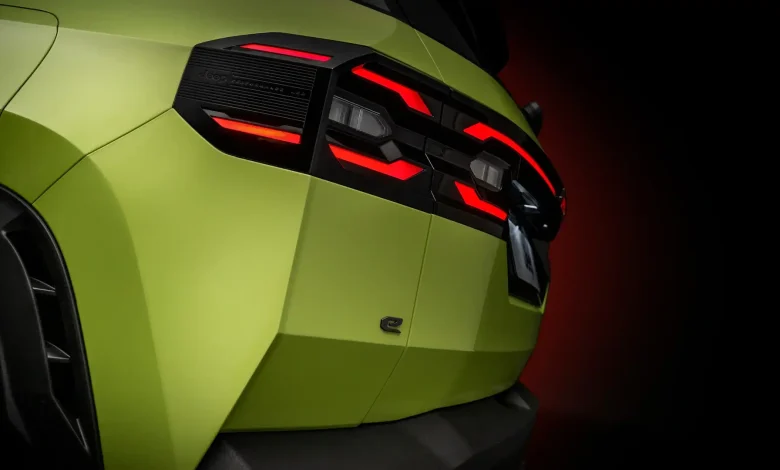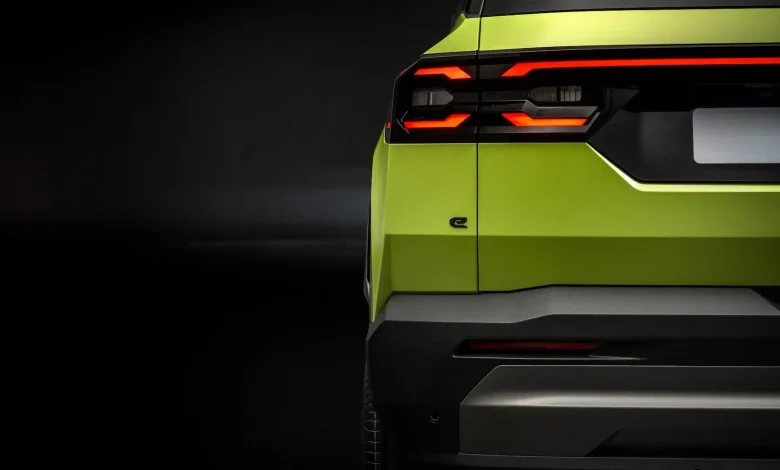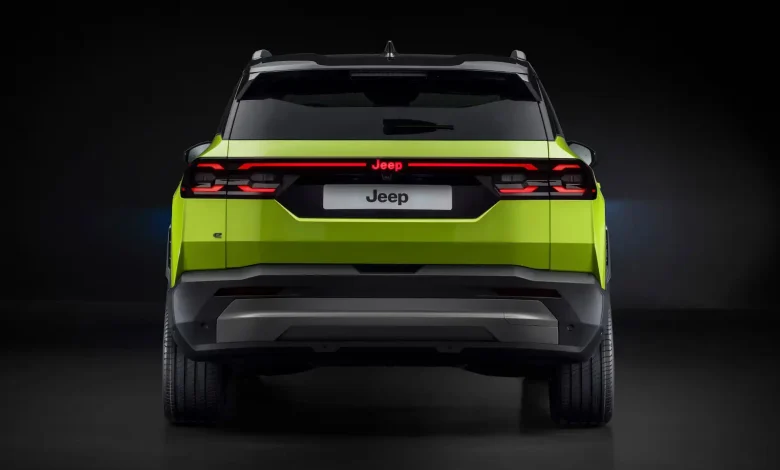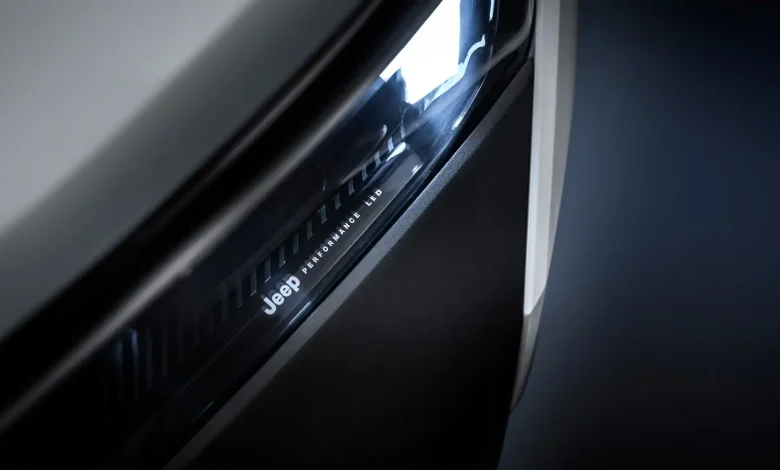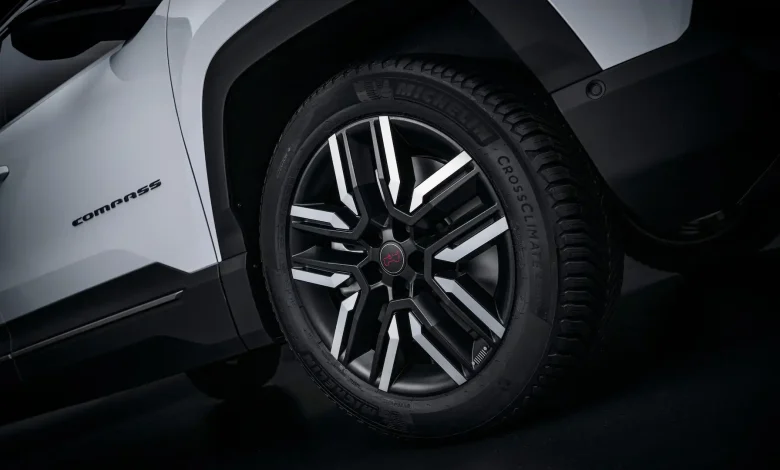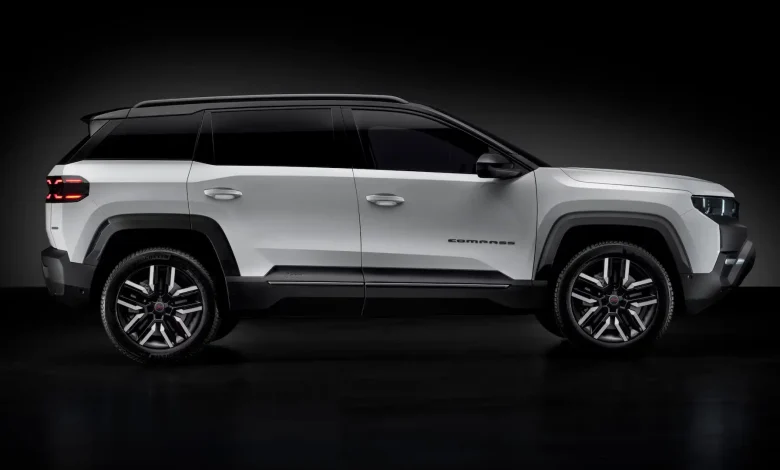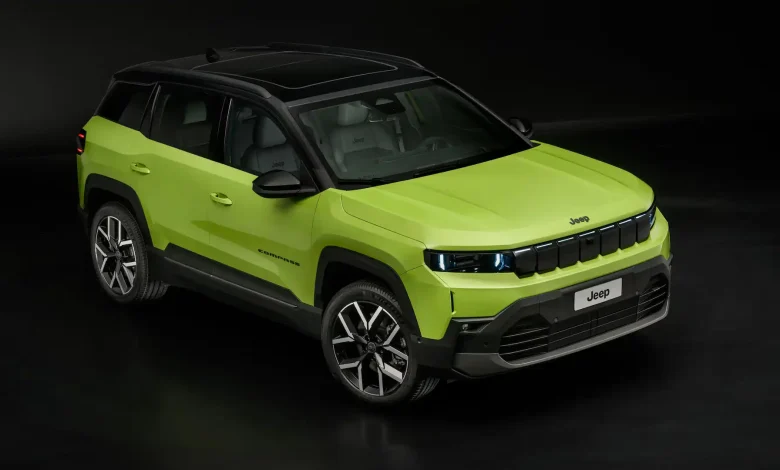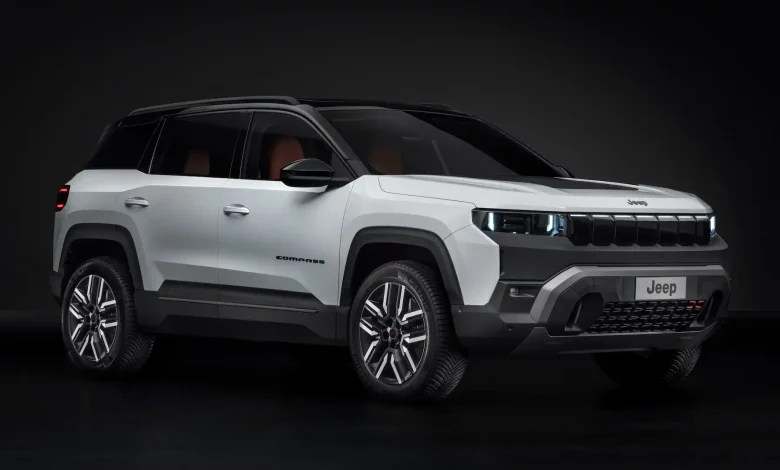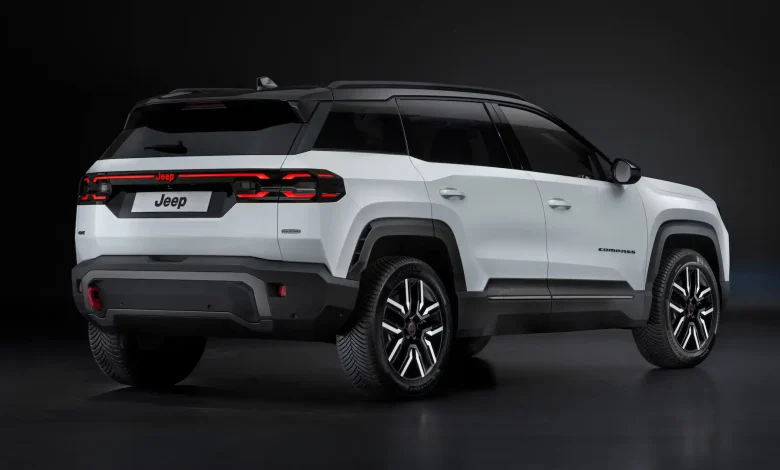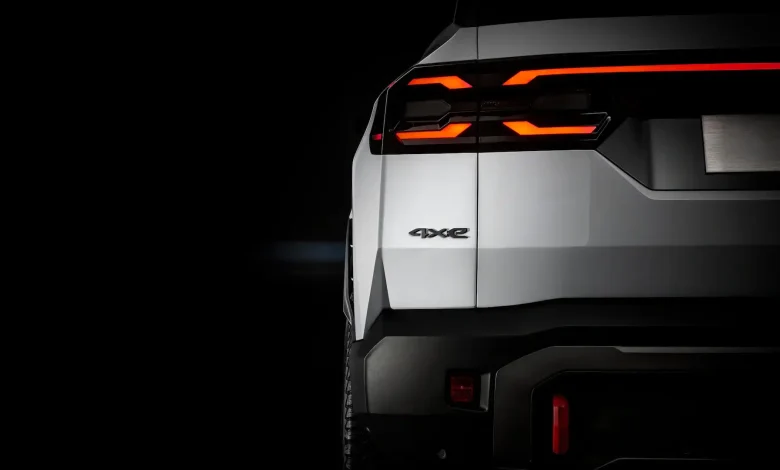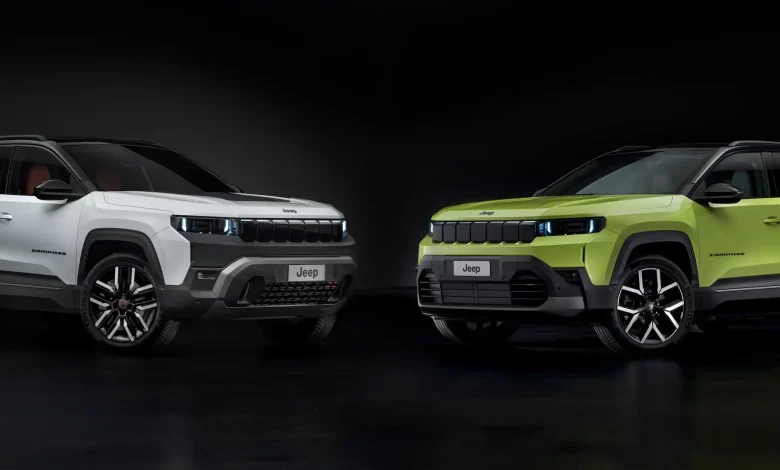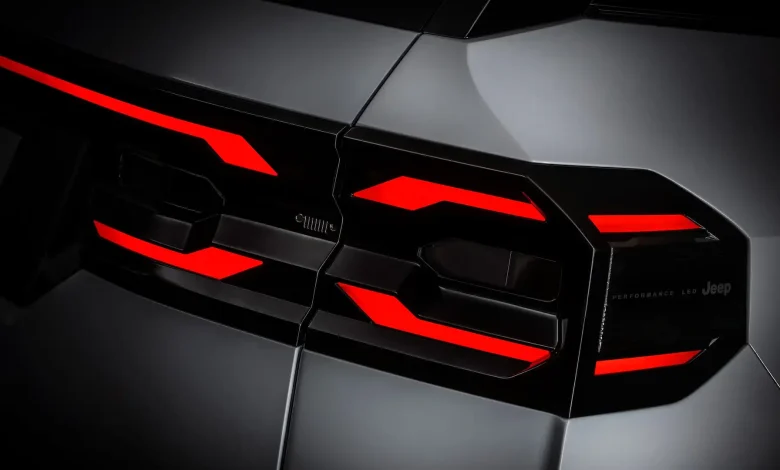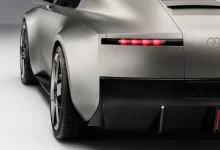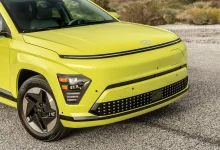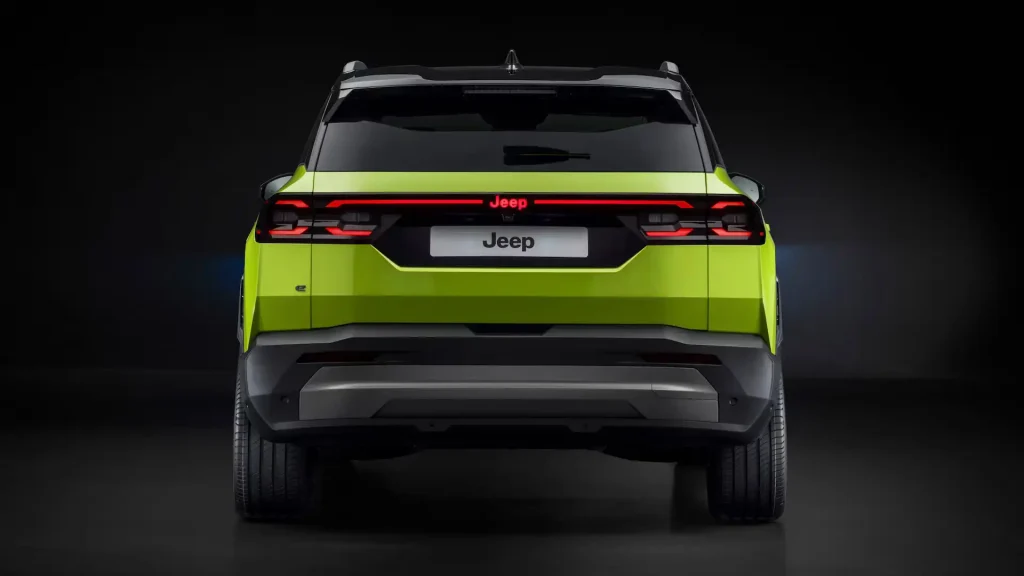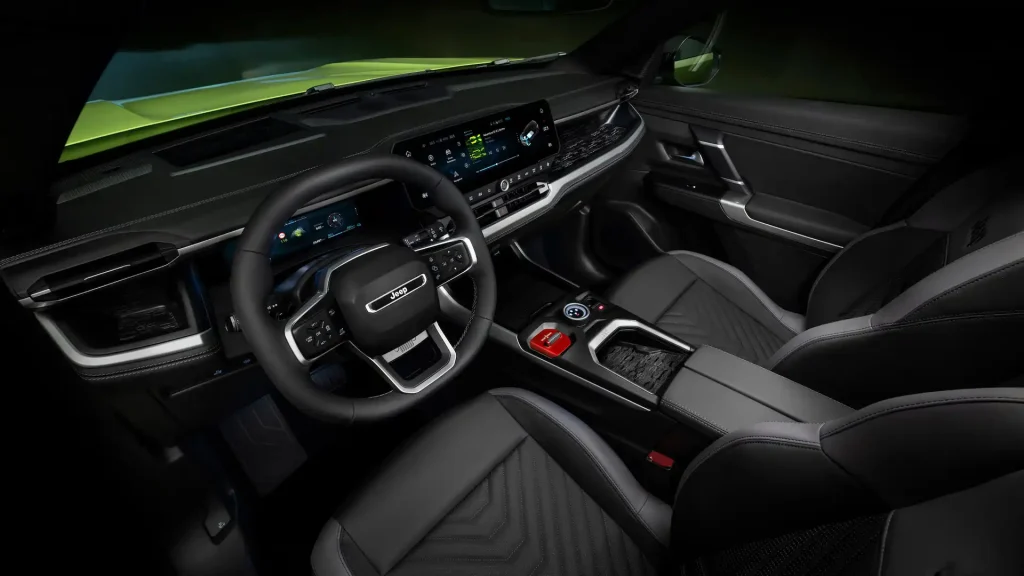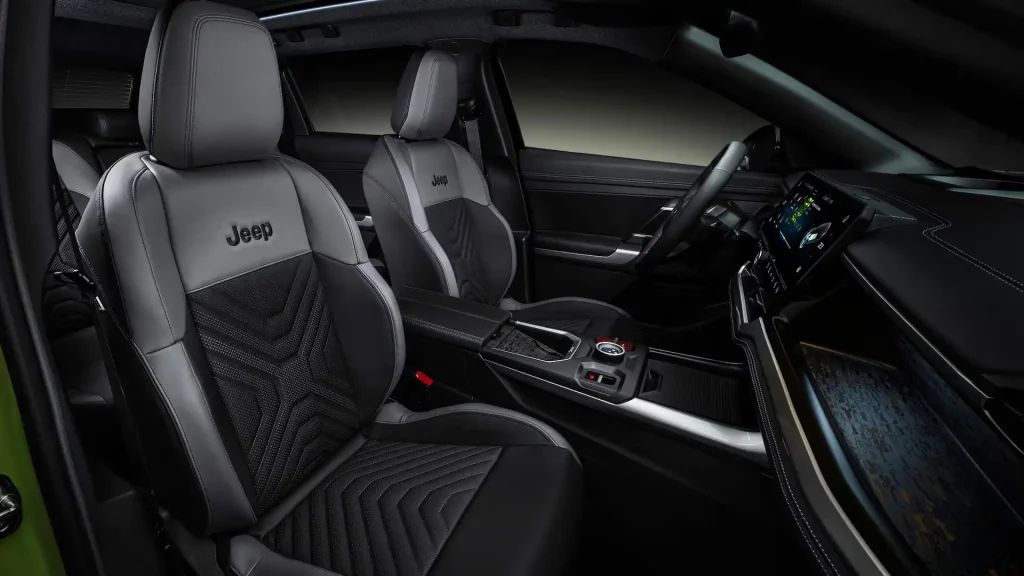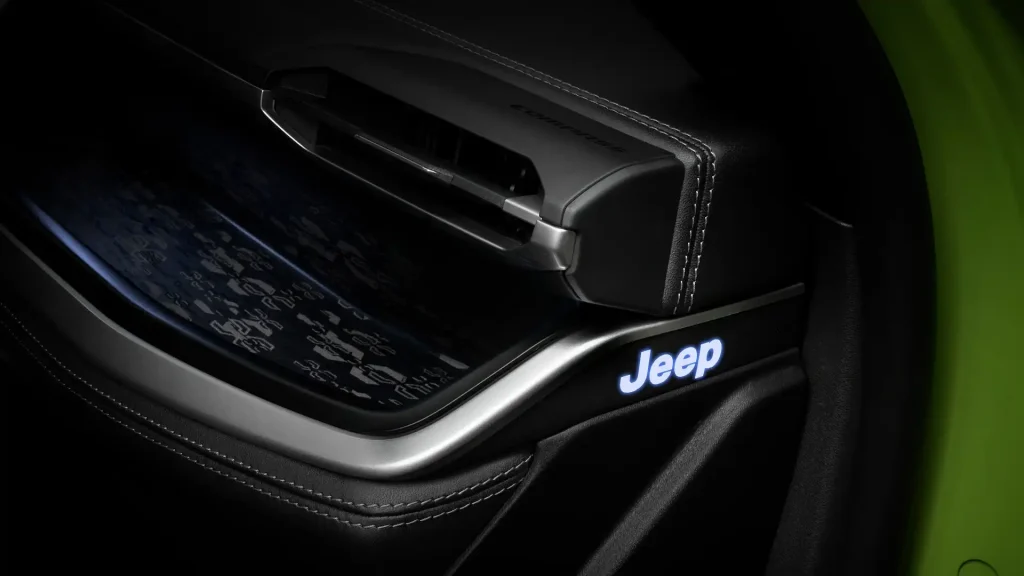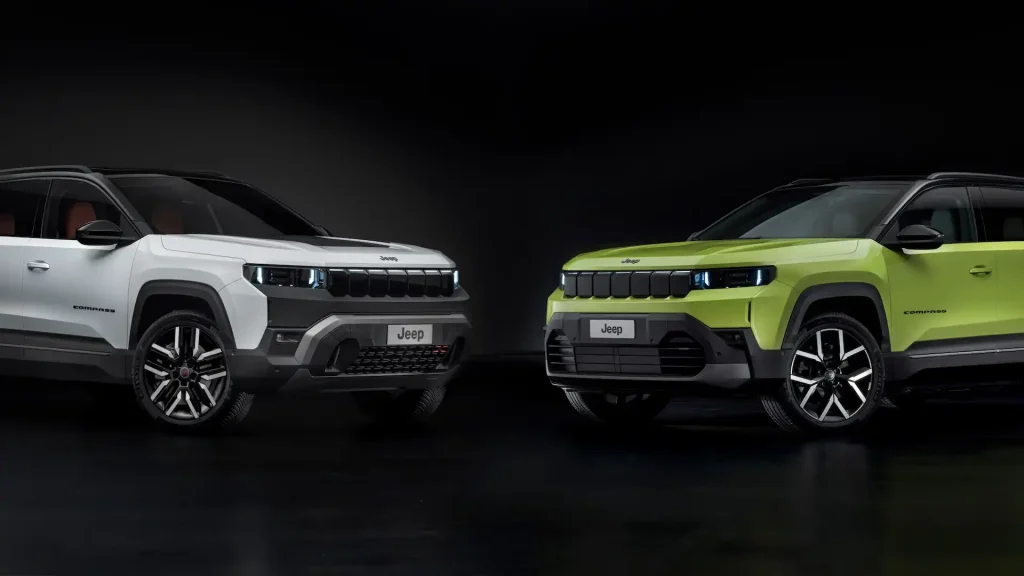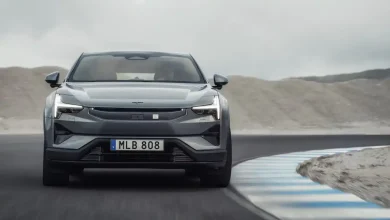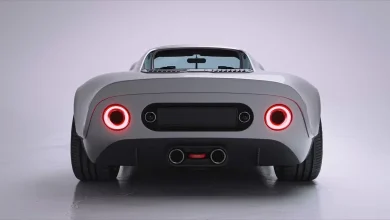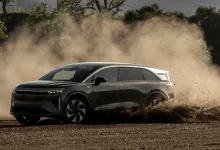2026 Jeep Compass First Look: Stylish Comeback for the U.S. Market
Once a tired-looking compact, Jeep’s smallest SUV now boasts a bold new identity.
The 2026 Jeep Compass Is Jeep’s Lone Affordable SUV—for Now
With the Renegade discontinued and the Cherokee on hiatus since 2023, the current 2026 Jeep Compass stands as the brand’s only budget-friendly SUV in the U.S. lineup. Unfortunately, it’s an aging placeholder in a fiercely competitive segment. Small and compact SUVs are among the hottest-selling vehicles in America, but the current Compass struggles to bridge the gap between the subcompact and compact classes.
Too costly for a subcompact and too small to go toe-to-toe with compact heavyweights like the Toyota RAV4 and Honda CR-V, the Compass finds itself in an awkward position. The absence of the Cherokee has left Jeep without a true contender in the compact SUV space—something the brand urgently needs to stay competitive.
Thankfully, a solution is on the horizon. A fully redesigned Jeep Compass is scheduled to arrive for the 2026 model year, and it’s already been revealed in markets overseas. With updated styling, fresh tech, and promises of improved efficiency and refinement, the new Compass could finally give Jeep a much-needed boost in the small SUV market.
We can look to that model as a preview of what the next-generation Compass will likely bring to the U.S. market—though this version is set to be produced in Canada for now, a detail complicated by former President Trump’s tariff policies. That’s also a major reason why the SUV’s arrival will be pushed back beyond its originally expected launch later this year or in early 2026.
A Fresh New Look, and a Step Upmarket
The current Compass design dates back to 2016, making it one of the older faces in Jeep’s lineup. The upcoming model, however, brings a noticeable upgrade in styling. With more pronounced, squared-off shoulders, wider fenders, a flatter roofline, and an overall more rugged and upright stance, it leans more heavily into classic Jeep design cues—giving it a bolder, more premium presence.
At the time, Jeep’s lineup included the subcompact Renegade and the compact Cherokee, placing the Compass in an awkward middle ground. It was essentially a “stocking stuffer” Jeep hoped would attract buyers looking for a small SUV. This strategy—offering three SUVs across two size categories, while competitors typically had only two—made sense back then. However, with the small SUV market now much more crowded and competitive than it was nearly a decade ago, the 2026 Compass seems to be more strategically placed, with a clearer focus on its target audience.
The significant size increase of the 2026 Compass suggests that Jeep is aiming to elevate the model into the compact SUV category, where it would compete with heavyweights like the Honda CR-V, Toyota RAV4, and Chevrolet Equinox. On paper, the 2026 Compass boasts the longest wheelbase among these competitors, although its overall length is slightly shorter.
This move also aligns with Jeep’s long-held internal goal of positioning the Cherokee as a “midsize” SUV. By enlarging the Compass, Jeep could pave the way for the next-generation Cherokee to grow in size, allowing it to stake a claim in the midsize category. (This seems to be the plan, as the new Cherokee will use the STLA-Large platform, shared with the all-electric Wagoneer S, while the Compass remains on the smaller STLA-Medium architecture.) A larger Compass could also create space for a potential return of the Renegade as a true subcompact SUV or perhaps the global Avenger, both of which would help diversify Jeep’s lineup in the smaller SUV market.
Multiple Powertrain Options, But U.S. Availability Still Unclear
Currently, the available information about the powertrains for the upcoming Jeep Compass primarily pertains to global markets, particularly Europe, where the Italian-built Compass is already available for sale. In Europe, buyers have the option to choose from a hybrid, plug-in hybrid, or several all-electric powertrains for the Compass. However, the specific powertrain options for the U.S. market remain uncertain.
Most other controls are integrated into the touchscreen, steering wheel buttons, or a row of touch-sensitive shortcut buttons beneath the main display. A welcome feature is the volume knob, conveniently placed in the center of the display for easy access by both the driver and passenger. The minimalist design, with fewer physical buttons, is complemented by a full-width shelf that separates the upper and lower dashboard sections, offering a clean and modern look. The center console includes a deep, wide tray with a sliding lid, which we hope also accommodates cupholders beneath it (the lid is closed in the photos). Just behind the shifter, you’ll find a neatly exposed wireless phone charging pad, adding to the interior’s practicality.
The overall design of the Compass interior strikes a balance between seriousness and purpose, with sharp, angular elements and robust grab handles that enhance its functional feel. However, there’s a touch of playfulness as well—take, for instance, the classic Jeep grille motif molded into the steering wheel hub. Every time you get behind the wheel, you’ll be greeted by the unmistakable grin of two large round headlights and seven grille slats, offering a charming nod to Jeep’s iconic design.
Off-Road Capability Still Uncertain
Aside from questions surrounding its U.S. availability and powertrain options, one of the biggest uncertainties surrounding the new Compass is its off-road capability. The current Compass offers a Trailhawk trim, which is the only “Trail-Rated” version available. If Jeep’s engineers are able to make the new Compass Trail Rated—at least in the Trailhawk trim—we expect them to do so, continuing the brand’s legacy of off-road readiness in this model. However, this remains to be confirmed.
For now, the specifications available for the more mainstream hybrid and electric 2026 Jeep Compass variants provide some insight, but they don’t quite represent a significant improvement over the previous model. The quoted ground clearance of 7.9 inches is decent, though it’s slightly lower than the 8.1 to 8.6 inches offered by the previous Compass. Similarly, the maximum approach angle of 27 degrees, departure angle of 31 degrees, and breakover angle of 16 degrees are respectable but fall short compared to the outgoing Compass Trailhawk’s impressive 30.4 degrees, 34 degrees, and 23.6 degrees. These figures suggest that while the new Compass has some off-road potential, it may not be as rugged as its predecessor in terms of extreme off-road capabilities.
The front-wheel-drive 2026 Jeep Compass models, on the other hand, have even more modest off-road stats, with a 20-degree approach angle, 15-degree breakover angle, and 26-degree departure angle. The longer wheelbase likely contributes to the lower breakover angle, which is noticeably worse compared to the Trailhawk model. However, we expect that a future Trailhawk version would be raised enough to significantly improve that figure. On a more positive note, the water fording depth is surprisingly solid given the Compass’s lower ride height. The hybrid version has a wading depth of 16 inches, while the electric version can handle up to 18.5 inches of water. For comparison, the current Compass can ford up to 19 inches, so the new model is fairly close despite the changes in height.
Jeep also highlights a unique feature in the all-wheel-drive electric Compass: it’s equipped with a special rear motor featuring a 14:1 gear reduction, which, according to the company’s press materials, translates to a remarkable 3,100 Nm (2,286 lb-ft) of torque at the rear wheels. While the exact details of this torque-multiplying system remain unclear—it’s not specified whether it functions as a low-range substitute that activates only in off-road conditions—Jeep asserts that it enables the electric Compass to climb a 20-percent grade even with no traction at the front tires, showcasing its potential off-road prowess.
When Will We Get It, and For How Much?
The European-market 2026 Jeep Compass is already available for order, with deliveries set to begin later this year. This timeline suggests that the earliest we might see the new Compass in the U.S. would be mid-2026, assuming Stellantis, Jeep’s parent company, can manage the tariff environment with production planned at its Brampton, Canada, facility. While exact pricing is still speculative, the current Compass starts just above $25,000, so we expect the new-generation model to be priced slightly higher. This would place it in direct competition with vehicles like the Honda CR-V, Toyota RAV4, and other compact SUVs. For a hybrid or all-electric version, pricing could reach into the $40,000 range.
